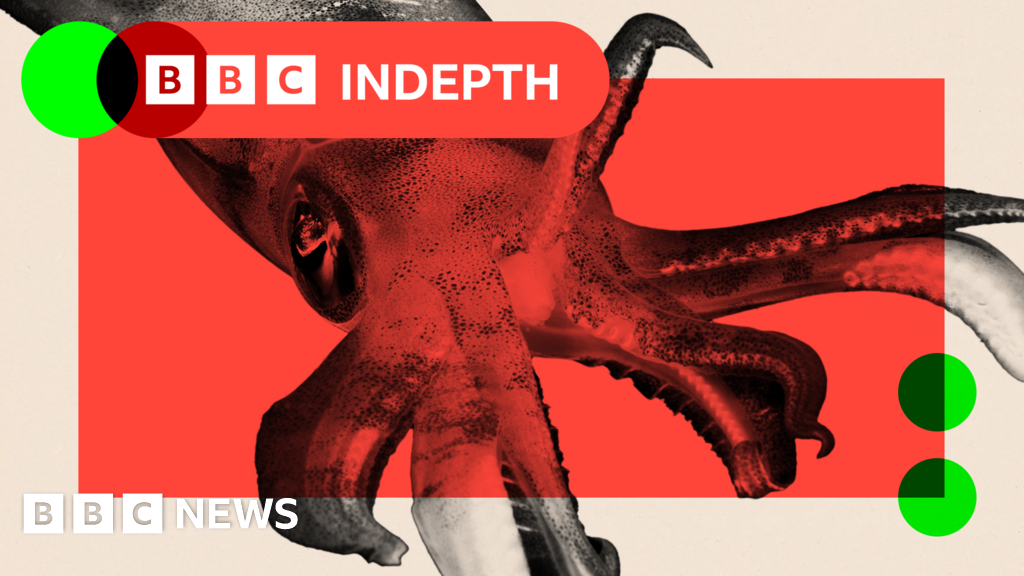How is this still up to debate?
Ignoring this fact helps humans feel better about consuming animal products.
This is the best summary I could come up with:
He added that “language is the only certain sign of thought hidden in a body”.But those statements have muddied the waters for far too long, according to Prof Anil Seth of Sussex University, who has been wrestling with the definition of consciousness for much of his professional career.
It says that thoughts and feelings cannot be measured by scientific methods and so should be ignored when analysing behaviour.Many animal behaviour experts were schooled in this view, but it is beginning to make way for a less human-centred approach, according to Prof Seth.
“If we look at distinct behaviours, for example what species can recognise themselves in a mirror, how many can plan ahead or are able to remember things that happened in the past, we are able to test these questions with experimentation and observation and draw more accurate conclusions based on data,” she says.
We know a bit about bees and other researchers have shown indications of conscious behaviour in cockroaches and even fruit flies but there are so many other experiments to be done involving so many other animals.It is a field of study that the modern-day heretics who have signed the New York Declaration claim has been neglected, even ridiculed.
Their approach, to say the unsayable and risk sanction is nothing new.Around the same time that Rene Descartes was saying “I think therefore I am”, the Catholic church found the Italian astronomer Galileo Galilei “vehemently suspect of heresy” for suggesting that the Earth was not the centre of the Universe.It was a shift in thinking that opened our eyes to a truer, richer picture of the Universe and our place in it.Shifting ourselves from the centre of the Universe a second time may well do the same for our understanding of ourselves as well as the other living things with whom we share the planet.Picture credits:Top image: Getty ImagesMontage images: Wikimedia/Canva
Under a distinctive new brand, we’ll bring you fresh perspectives that challenge assumptions, and deep reporting on the biggest issues to help you make sense of a complex world.
The original article contains 1,677 words, the summary contains 343 words. Saved 80%. I’m a bot and I’m open source!


